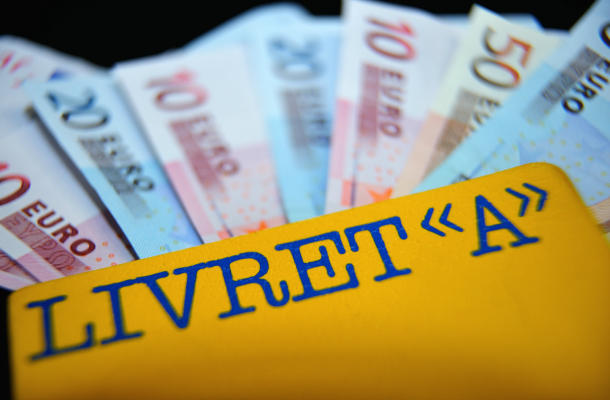The Livret A is a popular savings product in France, regulated by the state and offered by most banks and financial institutions. The Livret A rate is revised every six months according to inflation and market interest rates. Recently, the French government announced an increase in the Livret A rate to 4% for next summer, which provoked many reactions.
This rise in the Livret A rate is the largest since 1986, and comes at a time when inflation in France is relatively high and interest rates on other savings products are quite low. The move was hailed by some as a support measure for French savers, while others see it as misguided economic policy. The decision was taken following the directives of the European Central Bank (ECB), because the Livret A rate is revalued according to its directives and the level of inflation.
On the one hand, this increase in the Livret rate will allow French savers to benefit from a better return on their savings. For many French people, the Livret A is a precautionary savings account, a simple and safe solution to put money aside. With inflation above 6%, the previous rate of 3% did not make it possible to maintain the value of savings over the long term. This increase in the rate should therefore make it possible to preserve the purchasing power of savers.
As explained above, the Livret A rate is defined according to the level of inflation and the various monetary rates set up by the ECB. With an inflation rate above 6% for the month of March, it is imperative to increase the Livret A rate to preserve the purchasing power of French savers. A first increase took place on February 1, followed by the annual increase in August. However, one should not rejoice too quickly, because once inflation returns to an acceptable level, the objective will be to lower the rate.
A rate of 4% for the Livret A, a level not seen for 15 years, could however mark a peak, because a fall seems to be acquired during the next revision scheduled for February 2024. Indeed, the objective of the Banque de France is bring inflation back to around 3%. Added to this is the prospect of a slowdown in the increase in money market rates by the ECB, which could lead to a drop in the Livret A rate to around 3% at the start of 2024.















